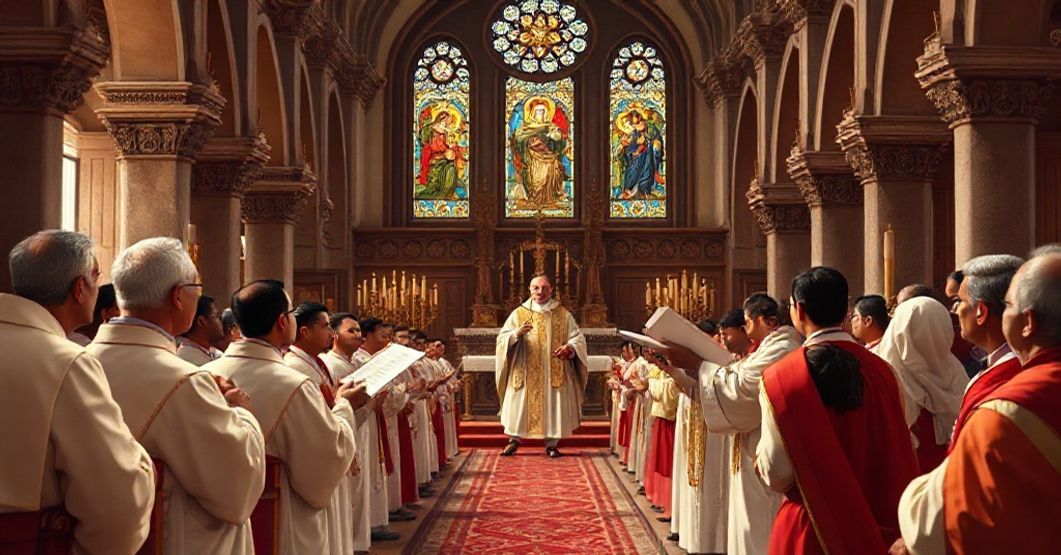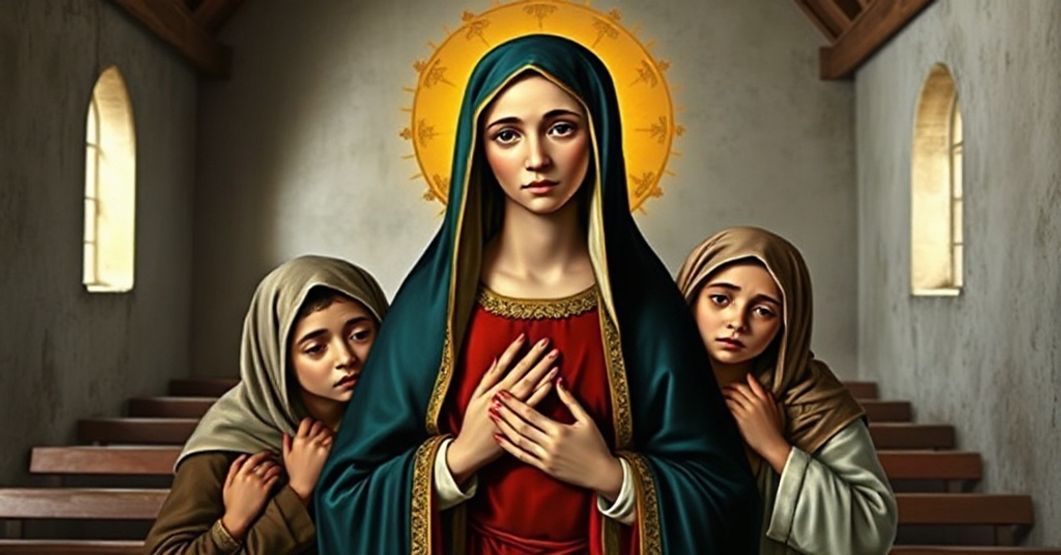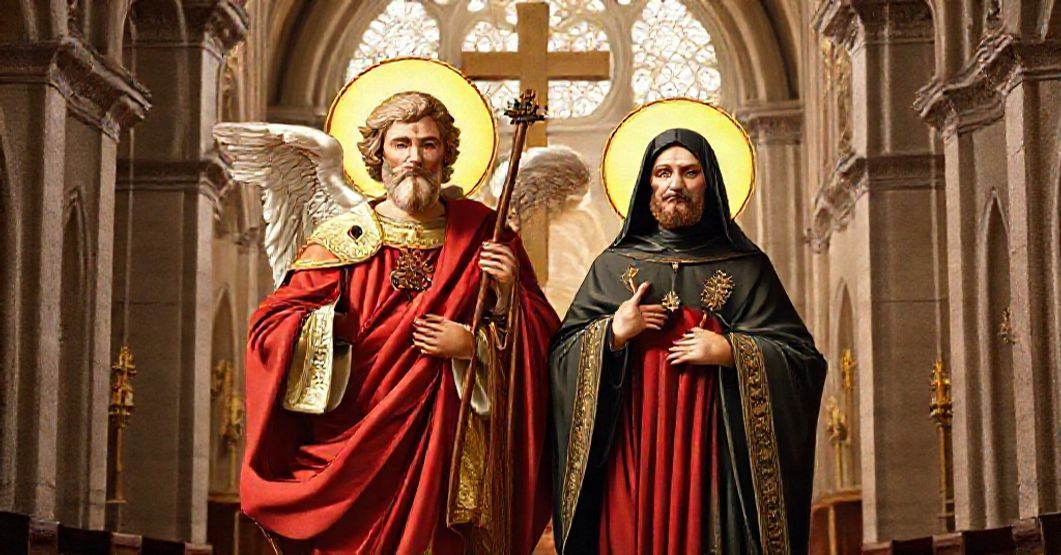Antipopes of the Antichurch



















Timeline of this heretical pontiff
Encyclical Letters
+ 15 posts1959
+ 7 posts1961
+ 4 posts1962
+ 2 posts1963
+ 2 postsApostolic Exhortations
+ 3 postsApostolic Constitutions
+ 93 posts1958
+ 6 posts1959
+ 87 postsMotu Proprio
+ 15 posts1958
+ 1 posts1959
+ 1 posts1962
+ 11 postsApostolic Letters
+ 151 posts1958
+ 4 posts1959
+ 63 posts1960
+ 78 posts1961
+ 1 posts1962
+ 4 posts1963
+ 1 postsSpeeches
+ 99 posts1958
+ 2 posts1959
+ 26 posts1960
+ 29 posts1961
+ 16 posts1962
+ 24 postsMessages
+ 6 posts1959
+ 4 postsHomilies
+ 4 postsLetters
+ 152 posts1958
+ 1 posts1959
+ 48 posts1960
+ 32 posts1961
+ 31 posts1962
+ 30 posts1963
+ 10 postsNot categorized
+ 1 posts1958
+ 1 postsNews feed


Quod dilectum (1960.08.20)
John XXIII’s letter “Quod dilectum,” addressed to Cardinal Gracias and the Indian hierarchy on the occasion of a five‑year episcopal meeting, congratulates the local “Church” in India for its institutional growth, its charitable works, its cooperation with the civil order, the formation of clergy and laity, and calls for unity, obedience to bishops, disciplined seminaries, an “apostolate of the laity,” and concord with the surrounding society for the temporal and spiritual good of the nation.


Christiáni populi Beata Maria Virgo “Septem Dolorum” (1960.08.18)
The document under review is an apostolic letter of the usurper John XXIII, dated 18 August 1960, in which he “confirms” and “again constitutes” the Blessed Virgin Mary under the title of the Seven Sorrows (*Virgen de Dolores*) as the principal heavenly patroness of the Diocese of Sololá in Guatemala. The text praises the people’s attachment to the Sorrowful Mother, notes existing confraternities and devotions, and, invoking supposed apostolic authority, extends to this patronage the liturgical honors accorded to principal diocesan patrons, declaring all contrary dispositions null and void. Already in this apparently pious gesture one sees the smooth canonical varnish covering the deeper reality: the appropriation of true Marian devotion by the conciliar revolution in order to clothe its looming apostasy with the externals of Tradition.


Qui Servatorem (1960.07.25)
In this brief Latin document, Roncalli–John XXIII, in the form of so-called Apostolic Letters, proclaims St. Vincent de Paul as the “principal heavenly patron” of the diocese and mission of Cuttack (India), praising the local devotion to him and solemnly extending to that territory the liturgical honors due to a primary patron. The text is couched in classical curial Latin, appealing to Vincent’s charity and expressing the hope that, under his patronage, “the Catholic cause” in that region may flourish.


Expedit sane (1960.07.25)
Ioannes Roncalli, styling himself John XXIII, issues a brief Latin rescript in which he declares that Saint Raphael the Archangel is henceforth the principal heavenly patron and Saint John Mary Vianney the secondary patron of the Archdiocese of Dubuque, invoking the history of the local mission and the personal link of Dubuque’s first bishop with the Curé of Ars, and cloaking the act in the ordinary formulas of alleged apostolic authority, perpetuity, and canonical efficacy. This seemingly pious document, however, is one more brick in the façade of legitimacy erected by the conciliar usurper, parasitically exploiting authentic saints and pre-conciliar devotion to mask the dawning apostasy of the Church of the New Advent.
Varia
Announcement:
– News feed –implemented
– Antipopes separate web sites with their all documents refutation – in progress
